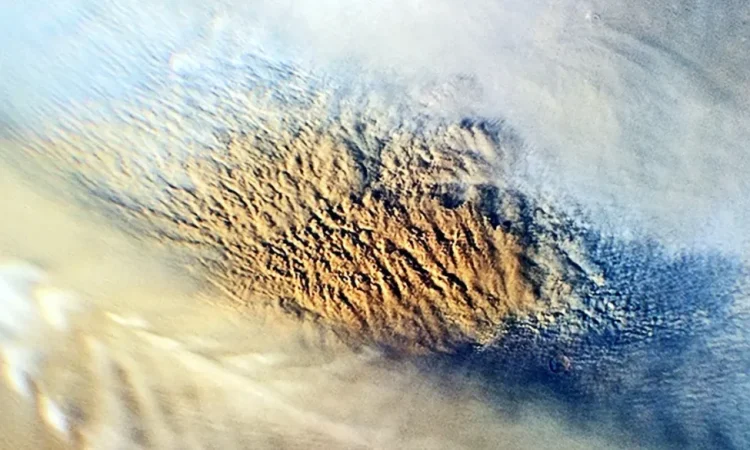
What’s the weather like on other worlds? Expect methane rain and a hurricane 10,000 miles wide.
Our solar system is home to a strange and wonderful climatewith storms on a scale more terrifying than anything in Earth’s recorded history. From giant hurricanes on Jupiter to incredible winds on Neptune, if you leave Earth you’ll be shocked by what you find. On Mars there are immense dust storms that blanket the entire planet, while Venus has an incredibly dense, fast-moving atmosphere that can form permanent vortices at its poles. On Jupiter and Saturn there are some huge storms, larger than the diameter of Earth, that have been raging for decades or even centuries. On the icy giant Neptune you will find the fastest winds in the solar system, and inside Neptune and Uranus it may rain diamonds.
What’s the weather like in the solar system?
This storm has been raging on Jupiter for centuries, but it may not last forever. The Great Red Spot measures about 16,000 kilometers in diameter, which is about 1.3 times the width of our planet. But it’s not the only extreme weather phenomenon on Jupiter: its north and south poles feature strange series of cyclones arranged in a circle, while the planet’s intense radiation illuminates some of its moons, such as Io and Europa.
Saturn’s lightning
Incredibly, we not only saw lightning on Saturn, but . NASA’s Cassini space probe, which orbited Saturn from 2004 to 2017, was able to spot lightning on the planet during the day, meaning it must have been incredibly intense: some lightning is thought to be 10,000 times more powerful than those on Earth, according to NASA.
The Sun
The Sun can cause damage to our planet. Its solar storms consist of bursts of radiation and charged particles, which can seriously damage satellites that keep an eye on the sun’s activity and prepare for the worst, but occasionally, when a large storm heads our way, the satellites and power grids must be turned off so they can resist.
The vortex on Venus
At the south pole of Venus there is a large vortex the size of Europa swirling in the atmosphere. This vortex appears to have existed for a long time and is the result of some strange properties of the planet. Venus’ atmosphere moves faster than the planet, reaching speeds of up to 400 kilometers per hour, 60 times faster than the planet’s rotation, according to the European Space Agency.
The incredible winds on Neptune
Neptune, the farthest planet from the Sun, has the fastest winds in the solar system. At the planet’s highest altitudes, where methane gives Neptune its blue color, winds can reach speeds of more than 2,100 kilometers per hour, or 1.6 times . These immense winds also give rise to some large storms, such as the famous “Great Dark Spot” seen by the Voyager 2 probe in 1989.
Sandstorms on Mars
In 2018, a huge dust storm engulfed the surface of Mars, hiding much of it from our view. These storms are quite frequent on Mars, occurring every few years, but this one was particularly large. They are caused by the Sun warming the planet’s atmosphere, raising dust from the ground, although scientists aren’t sure how they get so large. They pose problems for solar-powered rovers on the surface, which rely on light from the Sun.
Methane rain on Titan
Saturn’s largest moon, Titan, is one of the most fascinating bodies in the solar system. This Earth-like celestial body hosts liquids on its surface, has a truly bizarre climate and has intrigued scientists for years. On Titan, methane occasionally falls as rain, after evaporating from the surface and forming thick clouds. on the freezing moon it would fall very slowly, due to the low gravity and thick haze, so you would feel every drop.
Read more

